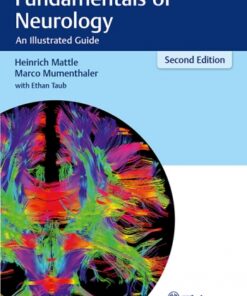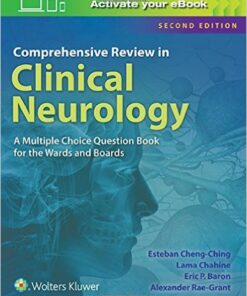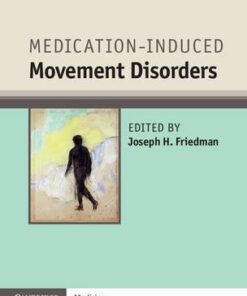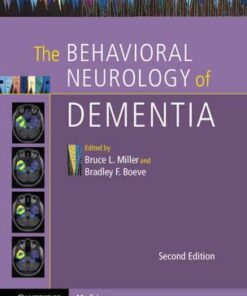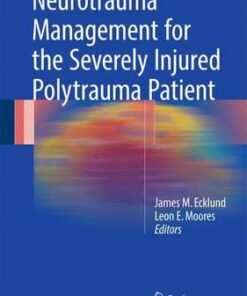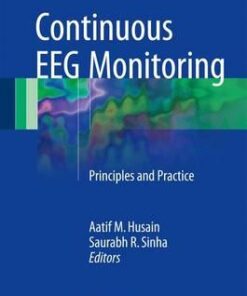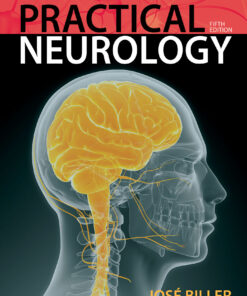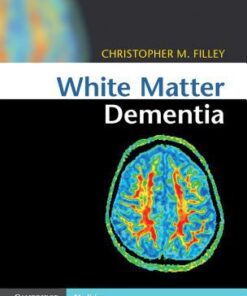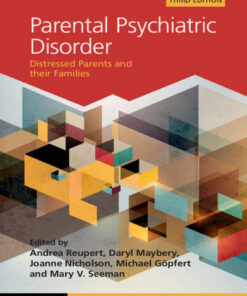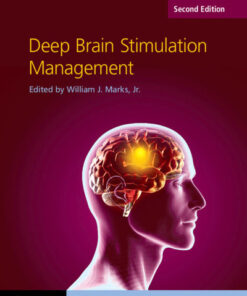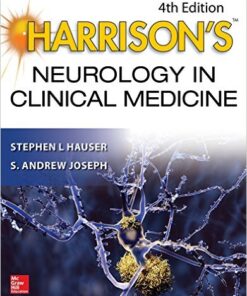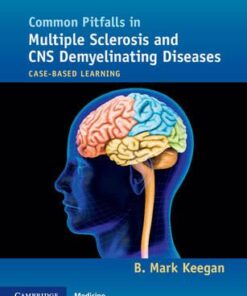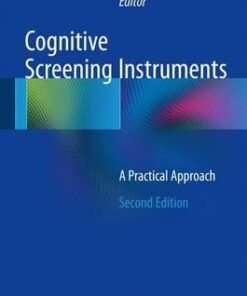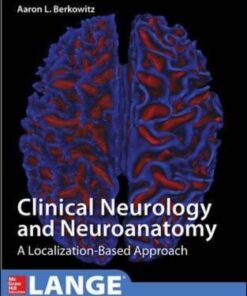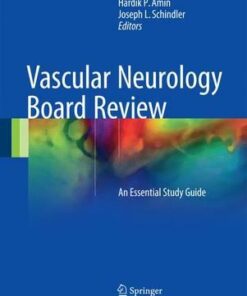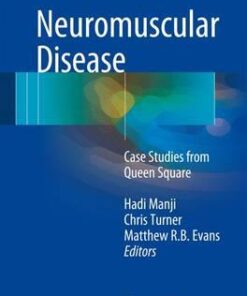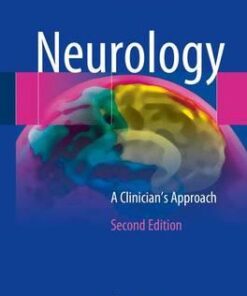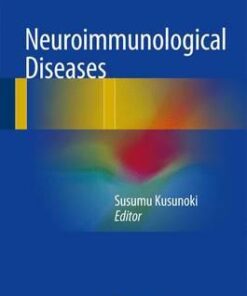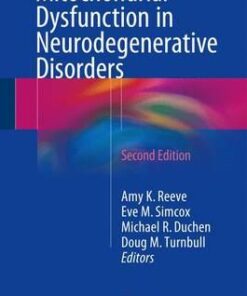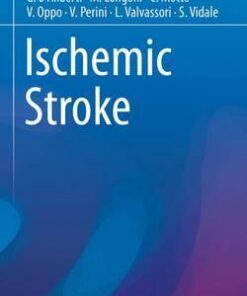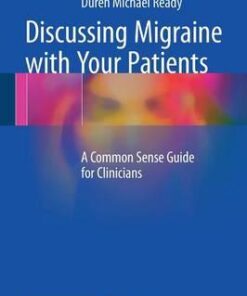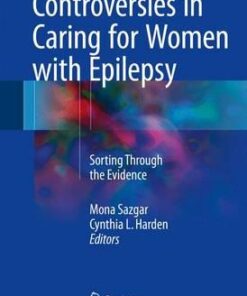NEUROLOGY BOOKS
NEUROLOGY BOOKS
NEUROLOGY BOOKS
NEUROLOGY BOOKS
NEUROLOGY BOOKS
NEUROLOGY BOOKS
NEUROLOGY BOOKS
NEUROLOGY BOOKS
NEUROLOGY BOOKS
NEUROLOGY BOOKS
Introduction
Are you looking to enhance your knowledge of neurology? Look no further! Discover the Best Neurology Books to Enhance Your Knowledge is here to provide you with a comprehensive list of the best books on neurology. From textbooks to reference guides, this guide will help you find the perfect book to expand your understanding of the field. With detailed reviews and ratings, you can be sure that you are getting the most up-to-date and accurate information available. Whether you are a student or a professional, this guide will help you find the perfect book to increase your knowledge of neurology.
Neuroanatomy: A Comprehensive Guide to the Structures and Functions of the Human Brain
Neuroanatomy: A Comprehensive Guide to the Structures and Functions of the Human Brain is an essential resource for anyone interested in understanding the complexities of the human brain. This comprehensive guide provides a detailed overview of the anatomy and physiology of the brain, including its major structures and functions. It also covers the development of the brain from conception through adulthood, as well as the various diseases and disorders that can affect it.
The book begins with an introduction to the basic concepts of neuroanatomy, including the structure and function of neurons, the organization of the nervous system, and the role of neurotransmitters. It then moves on to discuss the anatomy of the brain, including the cerebrum, cerebellum, brainstem, and hypothalamus. Each section includes detailed diagrams and illustrations to help readers visualize the structures and their relationships.
The book also covers the development of the brain from conception through adulthood, including the formation of the neural tube, the development of the cerebral cortex, and the maturation of the brain’s circuitry. It also discusses the various diseases and disorders that can affect the brain, such as Alzheimer’s disease, Parkinson’s disease, and stroke.
In addition to providing a comprehensive overview of the anatomy and physiology of the brain, Neuroanatomy: A Comprehensive Guide to the Structures and Functions of the Human Brain also includes practical advice on how to care for the brain. It offers tips on how to maintain a healthy lifestyle, including diet, exercise, and stress management. It also provides information on how to recognize signs of neurological problems and when to seek medical attention.
Overall, Neuroanatomy: A Comprehensive Guide to the Structures and Functions of the Human Brain is an invaluable resource for anyone interested in learning more about the anatomy and physiology of the brain. It provides a detailed overview of the brain’s major structures and functions, as well as the development of the brain from conception through adulthood. It also offers practical advice on how to care for the brain and recognize signs of neurological problems.
Clinical Neurology: A Primer for Understanding Common Neurological Disorders
Clinical Neurology: A Primer for Understanding Common Neurological Disorders is an essential resource for anyone interested in learning more about the diagnosis and treatment of neurological disorders. This comprehensive guide provides a thorough overview of the most common neurological conditions, including Alzheimer’s disease, Parkinson’s disease, multiple sclerosis, epilepsy, stroke, traumatic brain injury, and many others. It also covers the basics of neurology, such as anatomy, physiology, and pathology, as well as diagnostic tests and treatments.
The book begins with an introduction to the field of neurology, discussing its history, scope, and importance. It then moves on to discuss the various types of neurological disorders, their causes, symptoms, and treatments. Each disorder is discussed in detail, including information on diagnosis, prognosis, and management. The book also includes chapters on neuroimaging, neuropsychology, and rehabilitation.
Clinical Neurology: A Primer for Understanding Common Neurological Disorders is written in an easy-to-understand style that makes it accessible to both medical professionals and laypeople alike. It is filled with helpful illustrations, diagrams, and tables that make complex concepts easier to understand. The book also includes case studies and real-world examples to help readers better understand the material.
Overall, Clinical Neurology: A Primer for Understanding Common Neurological Disorders is an invaluable resource for anyone interested in learning more about the diagnosis and treatment of neurological disorders. It is an essential reference for medical professionals, students, and laypeople alike.
Neuropsychology: An Introduction to Brain and Behavior
Neuropsychology: An Introduction to Brain and Behavior is an essential resource for anyone interested in understanding the relationship between the brain and behavior. This comprehensive text provides a thorough overview of the field, from basic neuroscience principles to clinical applications. It covers topics such as neuroanatomy, neurophysiology, cognitive neuroscience, and clinical neuropsychology.
The book begins with an introduction to the fundamentals of neuroscience, including an overview of the structure and function of the nervous system, the anatomy of the brain, and the physiology of neurons. It then moves on to discuss the various types of cognitive processes, such as memory, language, attention, and decision-making. The book also covers topics related to emotion, motivation, and social behavior.
In addition to providing an overview of the field, Neuropsychology: An Introduction to Brain and Behavior also includes detailed discussions of various disorders and conditions that affect the brain and behavior. These include Alzheimer’s disease, traumatic brain injury, stroke, autism, and schizophrenia. The book also discusses the assessment and treatment of these conditions, as well as the ethical considerations involved in working with patients.
Finally, Neuropsychology: An Introduction to Brain and Behavior provides readers with an understanding of the research methods used in the field. It explains the different types of research designs, data collection techniques, and statistical analyses used to study the brain and behavior.
Overall, Neuropsychology: An Introduction to Brain and Behavior is an invaluable resource for anyone interested in learning more about the relationship between the brain and behavior. It provides a comprehensive overview of the field, from basic neuroscience principles to clinical applications. It is an essential resource for students, researchers, and clinicians alike.
Neuroscience: Exploring the Brain
Neuroscience: Exploring the Brain is an exciting and comprehensive exploration of the human brain. It provides a detailed overview of the anatomy, physiology, and function of the brain, as well as its development throughout life. The book covers topics such as the structure and organization of the brain, the nervous system, neurotransmitters, and the effects of drugs and hormones on the brain. It also examines the role of the brain in behavior, emotion, learning, memory, and language.
The book begins with an introduction to neuroscience, providing readers with an understanding of the basic concepts and terminology used in the field. It then moves on to discuss the anatomy and physiology of the brain, including the different regions and their functions. It also looks at the development of the brain from birth through adulthood, and how it changes over time.
The book then delves into the various aspects of the brain’s functioning, including the role of neurotransmitters, the effects of drugs and hormones on the brain, and the role of the brain in behavior, emotion, learning, memory, and language. It also examines the impact of stress and trauma on the brain, and how these can affect mental health.
Finally, the book explores the potential for using neuroscience to improve our lives, including the use of technology to enhance cognitive abilities, and the potential for using neuroscience to treat neurological disorders. It also looks at the ethical implications of using neuroscience to manipulate behavior.
Overall, Neuroscience: Exploring the Brain is an excellent resource for anyone interested in learning more about the brain and its functioning. It provides a comprehensive overview of the anatomy, physiology, and function of the brain, as well as its development throughout life. It also examines the role of the brain in behavior, emotion, learning, memory, and language, and the potential for using neuroscience to improve our lives.
The Neurology of Consciousness: Cognitive Neuroscience and Neuropathology
The Neurology of Consciousness: Cognitive Neuroscience and Neuropathology is a comprehensive exploration of the neurological basis of consciousness. It examines the neural mechanisms underlying conscious experience, from the molecular to the systems level, and explores the implications for understanding the nature of consciousness. The book covers topics such as the neuroanatomy of consciousness, the role of neurotransmitters in consciousness, the effects of brain damage on consciousness, and the relationship between consciousness and behavior. It also discusses the implications of cognitive neuroscience and neuropathology for clinical practice, including diagnosis and treatment of disorders of consciousness.
The Neurology of Consciousness provides an overview of the current state of knowledge about the neurology of consciousness. It begins with an introduction to the concept of consciousness and its various components, including attention, memory, emotion, and language. It then reviews the anatomy and physiology of the brain, focusing on the structures and pathways involved in conscious experience. This includes an examination of the thalamus, basal ganglia, hippocampus, and cortex, as well as the connections between these regions.
The book then moves on to discuss the role of neurotransmitters in consciousness, including serotonin, dopamine, and acetylcholine. It examines the effects of drugs and other substances on consciousness, and the implications of this for clinical practice. It also looks at the effects of brain damage on consciousness, including traumatic brain injury, stroke, and degenerative diseases.
The Neurology of Consciousness also explores the relationship between consciousness and behavior, including the effects of altered states of consciousness on behavior. It examines the implications of cognitive neuroscience and neuropathology for clinical practice, including diagnosis and treatment of disorders of consciousness. Finally, it considers the ethical implications of research into consciousness and its implications for society.
Overall, The Neurology of Consciousness: Cognitive Neuroscience and Neuropathology is an essential resource for anyone interested in understanding the neurological basis of consciousness. It provides a comprehensive overview of the current state of knowledge about the neurology of consciousness, and offers insights into the implications of this knowledge for clinical practice and society.
Conclusion
In conclusion, neurology books are a great way to enhance your knowledge and understanding of the human brain. Whether you’re looking for an introduction to the field or a comprehensive guide to the latest research, there is a book out there that can help you reach your goals. With so many options available, it can be difficult to know which one is right for you. To make the process easier, we’ve compiled a list of the best neurology books to help you find the perfect fit. From textbooks to reference guides, these books will provide you with the information you need to become an expert in the field.

